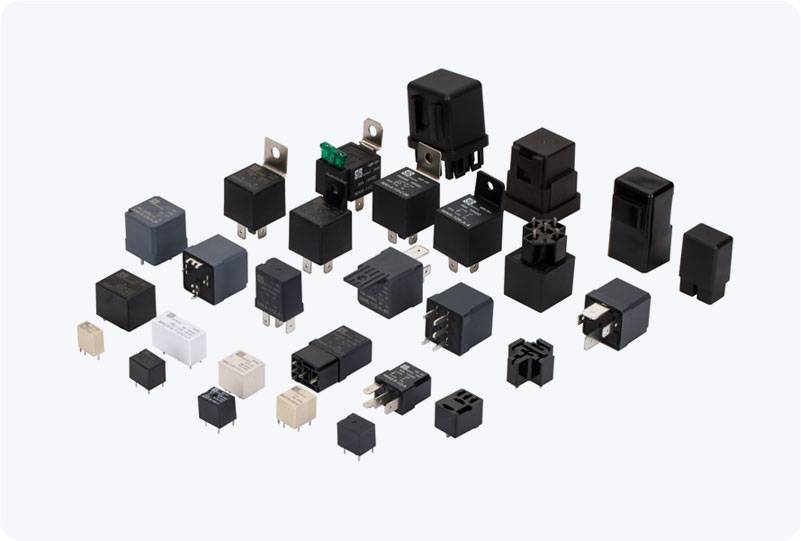Water valves are fundamental components of any plumbing or water distribution system. These devices control the flow of water, ensuring that it is regulated efficiently and safely. From household plumbing systems to large industrial applications, water valves play a vital role in maintaining water flow, preventing damage, and ensuring the proper functioning of water-based systems. This article explores the various types of water valves, their applications, and why they are indispensable in modern-day infrastructure.

Types of Water Valves Water valves come in a wide variety of designs, each serving a specific purpose. The choice of valve largely depends on the application, the amount of pressure in the system, and the desired flow control. Here are some of the most common types of water valves: Ball Valve: Ball valves are one of the most widely used water valves due to their simple design and reliable performance. They consist of a spherical ball with a hole through the middle, which controls the flow of water. When the hole is aligned with the pipe, water can flow freely. When rotated 90 degrees, the ball blocks the flow entirely. Ball valves are known for their durability, ease of operation, and quick shutoff, making them ideal for applications where fast, on/off control is required.